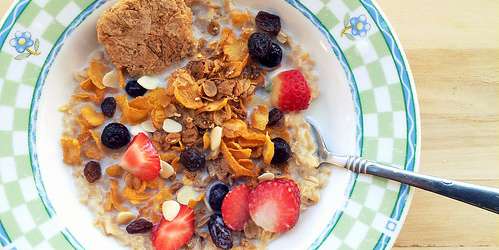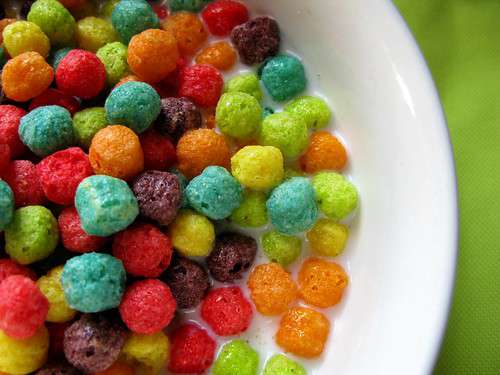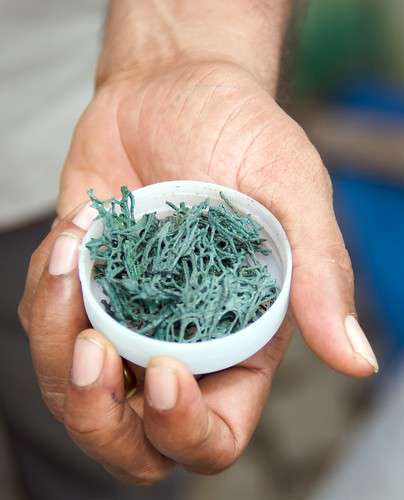
As interest in healthy living grows, food manufacturers are moving away from artificial color additives. Image Source: Flickr user blair_25
In recent months, several major food producers have announced that they are phasing out the use of artificial color agents and replacing them with colors from natural sources. Earlier this month, Kellogg, the largest producer of cereals in the world, announced that it will completely eliminate artificial colors from its line of cereals and snack bars by the end of 2018.1 The announcement comes on the heels of similar claims by cereal giant General Mills earlier this year. Cereals and snacks, however, are not the only food products being affected by the move toward natural ingredients; Kraft, Nestle, Hershey, Pizza Hut, Taco Bell, and Panera have all recently made commitments to remove artificial colorants from all or part of their product lines.2 As companies develop new formulas and recipes for beloved products, spectrophotometry can play a critical role in the creation of new color blends and ease the transition toward naturally-sourced dyes.

Artificial color additives have been linked to hyperactivity in children. Image Source: Flickr user frankieleon


